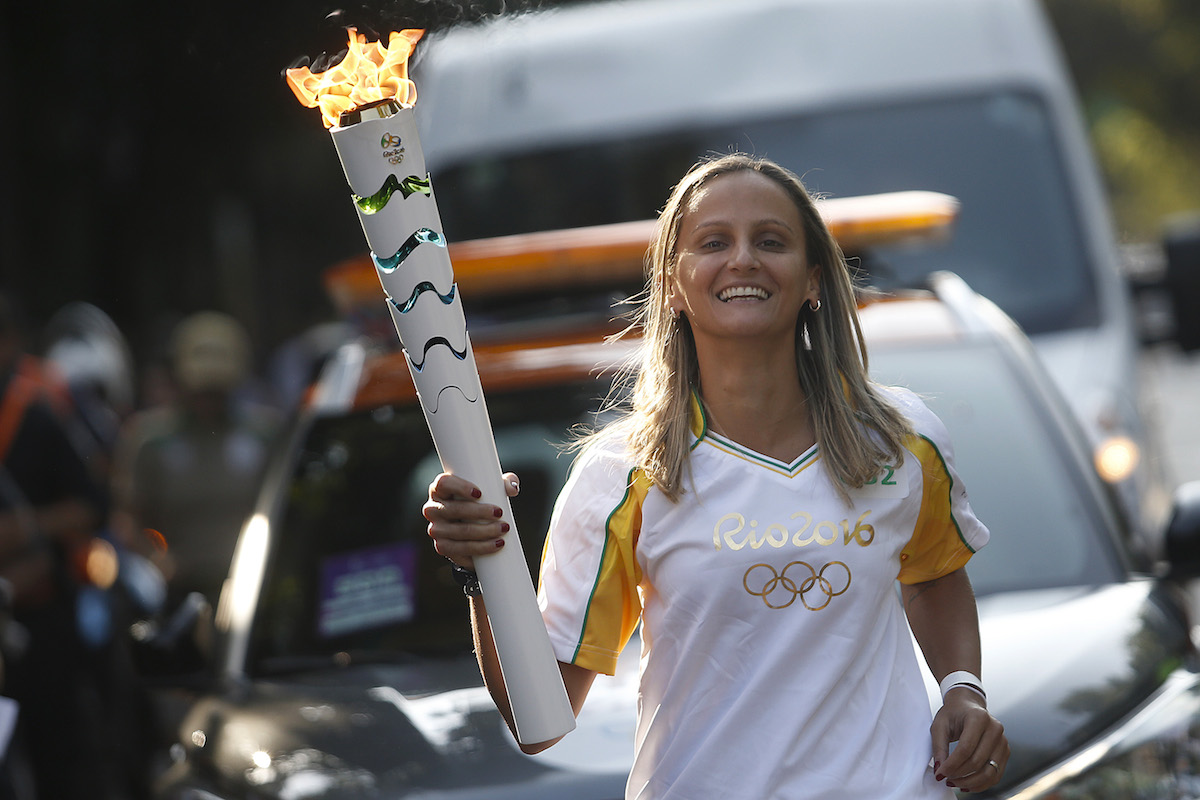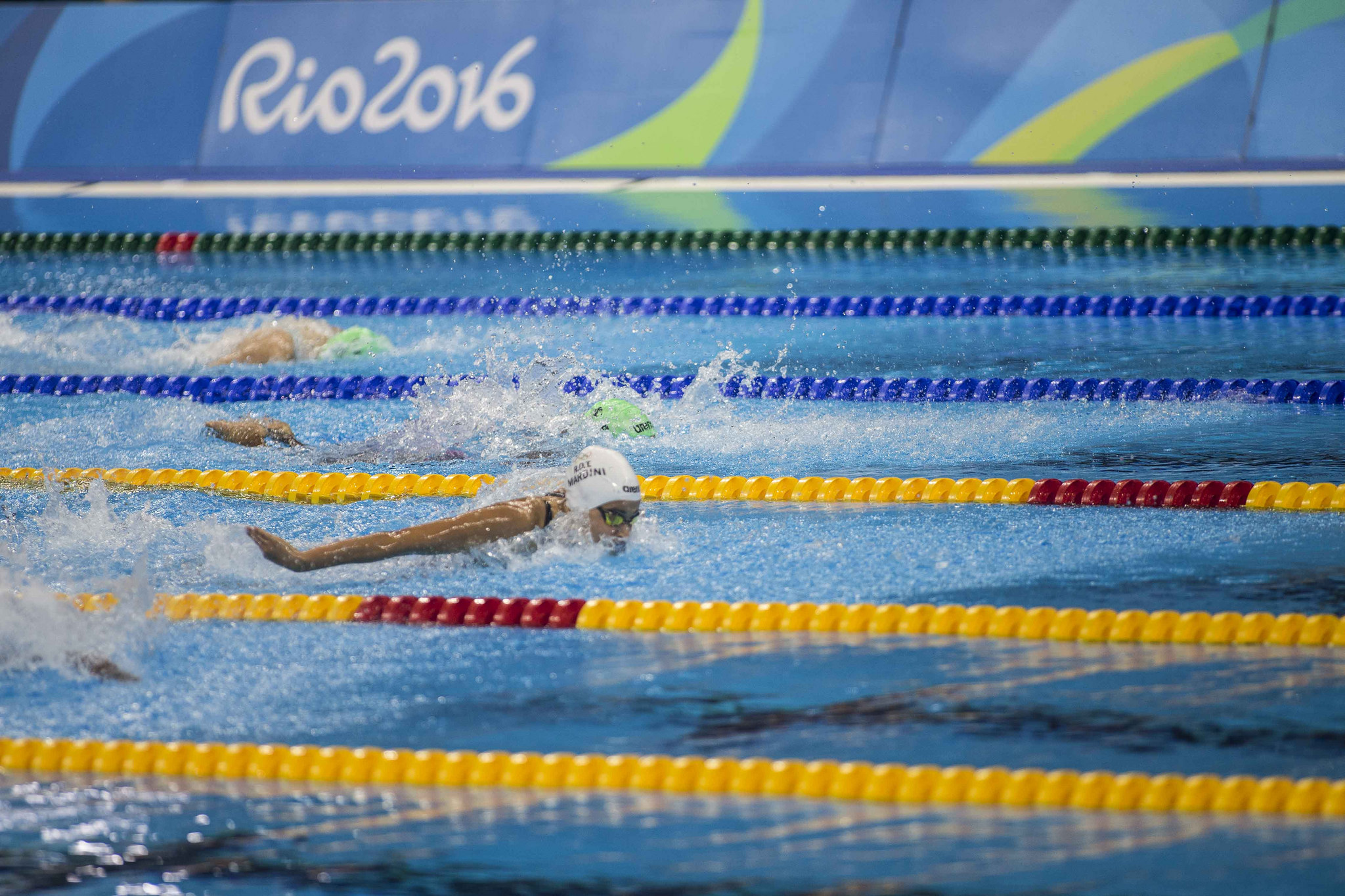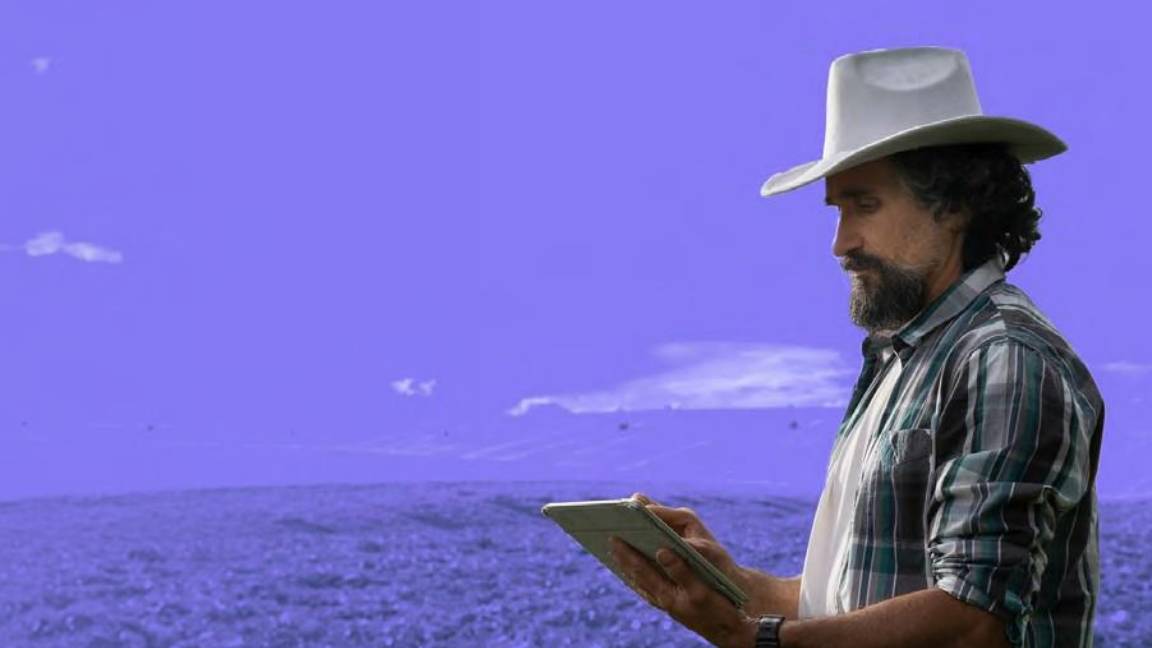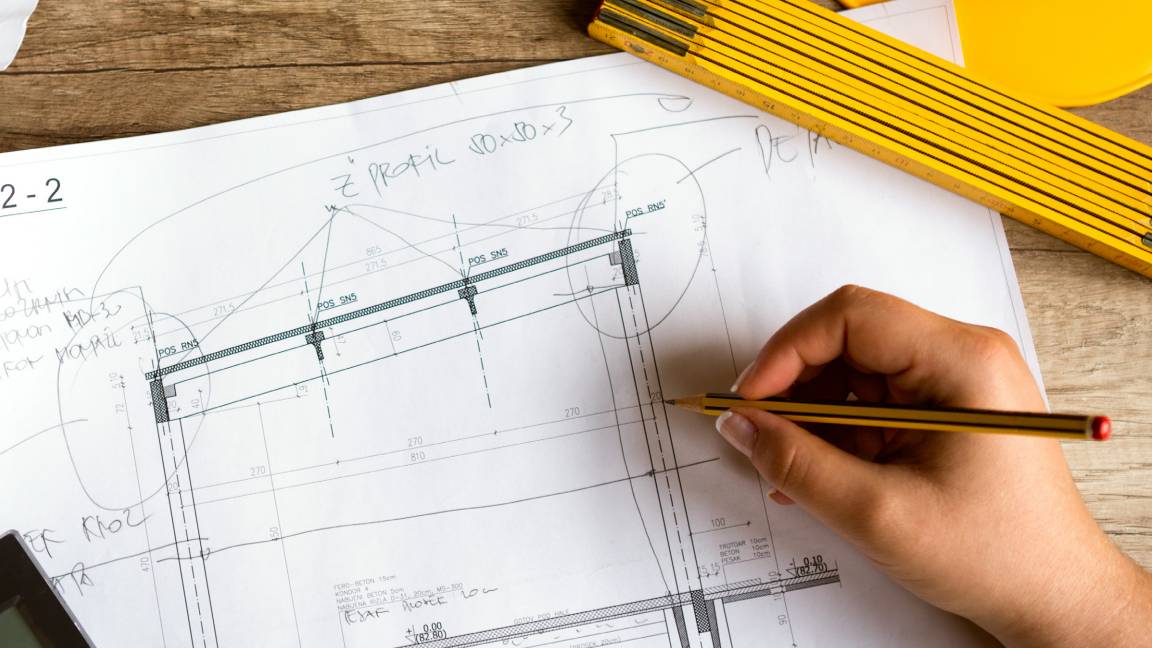Rio 2016: A tech guide to the Olympics
We look at the tech powering the games and helping those in Rio and further afield watch all the action

Teched up games
Although Rio 2016 organisers are using a mixture of technologies to ensure the event's infrastructure is in top shape, there are even more clever things tech-wise going on behind the scenes.
Big Data, in particular, is enjoying its time in the spotlight. Team GB boxers are using data analytics software developed in partnership with Sheffield Hallam University to help them excel in the sport. Called iBoxer, it gives the boxer analysis and data on threats and opportunities so they can hone tactics and have a better chance of victory.
Similarly, the Australian Institute of Sport (AIS) has developed a database for monitoring 2,000 athletes on a weekly basis. The information captured is letting coaches provide more effective training exercises based on health and fitness insights. In turn, this is reducing injury and illness.

Image credit: IOC (https://www.flickr.com/photos/iocmedia/28849170505/)
Leading-edge tech in action
Innovation is also very evident elsewhere. Rio 2016 is the first Olympics where volleyball teams are using video reviews to challenge referees. If an athlete is unhappy with a referee's decision in a game, they can call on a second referee to watch footage so they can verify challenged points. Replays are shown on a large screen in the arena, creating a more dramatic atmosphere and immersive experience for spectators.
The latest tech is also helping distance swimmers track their lap count more easily. At the 2016 games, digital lap counters developed by Omega have been implemented in the 800m and 1500m freestyle events. The counters are placed at the end of each lane and update the lap count when the swimmer hits a touchpad.
Get the ITPro daily newsletter
Sign up today and you will receive a free copy of our Future Focus 2025 report - the leading guidance on AI, cybersecurity and other IT challenges as per 700+ senior executives
GPS is another technology achieving greatness at the Olympics, helping fans keep track of the canoe sprint and rowing events. GPS-enabled devices have been mounted on all vessels, providing spectators with information on areas such as speed and direction. The system was tested last year at Lagoa Rodrigo de Freitas in southern Rio.
"It totally changes the experience for the audience," said Sebastin Cuattrin, rowing manager at Rio 2016. "The big screen will make it possible to see the different tactics used by different teams, in particular when there is a change of speed."
Using new tech for old sports
You can't get more traditional than archery, but non-traditional tech is playing an important role in this sport too. Referee judgement has been replaced with an electronic scoring system. It's capable of identifying exactly where the arrow lands within a 0.2mm accuracy, which organisers say is more precise than human vision. Scores are also instantly updated.
Weight lifting is a dramatic sport in itself as it demonstrates immense human strength. During the 2016 Olympics, a camera dolly will track and follow every movement an athlete makes, with all angles covered.
Eduardo Villanova, who leads technical operations for weightlifting at Rio 2016, said: "We will be able to capture full movements. Normally you need to take it from the side or from the front. We've got all angles covered."
Technology is also working its wonders in the Paralympic sports. BAE Systems, in particular, has been helping athletes push boundaries. While the firm is more known for its work in the aerospace industry, it's teamed up with UK Sporting to improve game wheelchairs.
It claims that athletes with disabilities competing in Rio are improving their acceleration by 20% due to new racing positions. Elsewhere, US software design company Autodesk has developed a 3D-printed prosthetic leg capable of providing improved power output.
Turn to the next page to find out how you can take advantage of new technology as a Rio 2016 viewer...
Nicholas Fearn is a freelance technology journalist and copywriter from the Welsh valleys. His work has appeared in publications such as the FT, the Independent, the Daily Telegraph, the Next Web, T3, Android Central, Computer Weekly, and many others. He also happens to be a diehard Mariah Carey fan. You can follow Nicholas on Twitter.
-
 Asus ZenScreen Fold OLED MQ17QH review
Asus ZenScreen Fold OLED MQ17QH reviewReviews A stunning foldable 17.3in OLED display – but it's too expensive to be anything more than a thrilling tech demo
By Sasha Muller
-
 How the UK MoJ achieved secure networks for prisons and offices with Palo Alto Networks
How the UK MoJ achieved secure networks for prisons and offices with Palo Alto NetworksCase study Adopting zero trust is a necessity when your own users are trying to launch cyber attacks
By Rory Bathgate
-
 Predicts 2024: Sustainability reshapes IT sourcing and procurement
Predicts 2024: Sustainability reshapes IT sourcing and procurementwhitepaper Take the following actions to realize environmental sustainability
By ITPro
-
 Advance sustainability and energy efficiency in the era of GenAI
Advance sustainability and energy efficiency in the era of GenAIwhitepaper Take a future-ready approach with Dell Technologies and Intel
By ITPro
-
 2024 State of procurement report
2024 State of procurement reportWhitepaper The trends shaping the future of business buying
By ITPro
-
 Digital optimisation paves the way to strategic supplier management
Digital optimisation paves the way to strategic supplier managementWhitepaper Procurement’s role as a strategic driver
By ITPro
-
 Bringing order to the file management chaos plaguing AEC firms
Bringing order to the file management chaos plaguing AEC firmswhitepaper How a cloud-based solution, supported by edge technology, helps architecture, engineering, and construction firms boost performance and cut costs
By ITPro
-
 File data services to support modern manufacturing
File data services to support modern manufacturingwhitepaper Smart file data services deliver resilience and intelligence to the modern manufacturing organization
By ITPro
-
 Innovation in product development
Innovation in product developmentwhitepaper The latest data on how successful product development teams collaborate to build the future
By ITPro
-
 The small and medium business guide to buying
The small and medium business guide to buyingWhitepaper Optimising purchasing to save in 2024
By ITPro